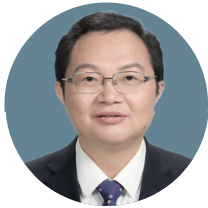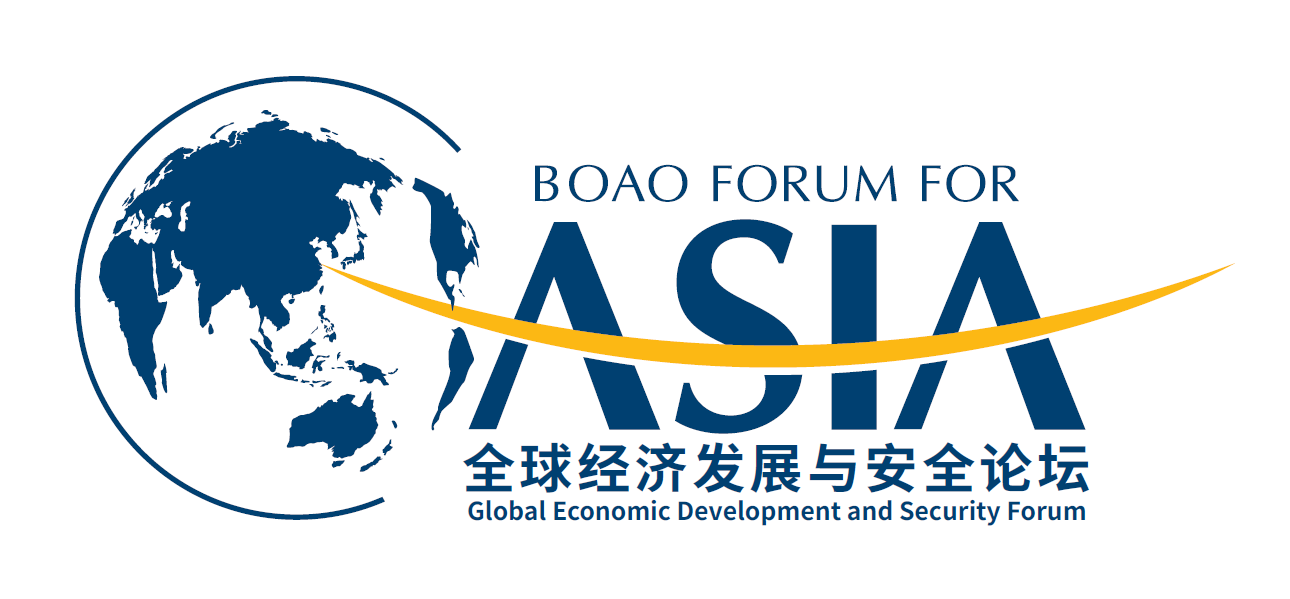
曾从钦
博鳌亚洲论坛机构理事
五粮液集团(股份)公司董事长
ZENG Congqin
Corporate Member of the Boao Forum for Asia,
Chairman, Wuliangye Group Co.,Ltd. & Wuliangye Yibin Co., Ltd.
问:科技进步给社会经济带来翻天覆地的变化,与此同时对劳动力提出了更多要求,一方面新进入市场的劳动力需要具备相应的技能,另一方面劳动力需要持续提升和掌握新技能。政府和企业应该如何提供相应的培训以使劳动力跟上技术的变迁?
答:劳动者是生产力中最活跃的因素,人才是第一资源。时代越是向前,知识和人才的重要性就越突出,教育的地位和作用就越凸显。要实现劳动力的可持续发展,关键是健全终身职业技能培训制度,延伸培训时间长度、延展培训种类宽度、适配技术变迁的速度。为此,我建议:
一是加强顶层设计,完善相关法律法规,从制度层面保障终身职业技能培训的实施。如,完善现代职业教育体系,全面提升职业教育服务能力;建立健全以职业技能等级认定和专项职业能力考核等为主要内容的技能人才评价制度等。
二是结合国家和区域重大发展战略、地方产业特色和发展方向,通过“政府引导+社会参与+市场化运作”的方式开发兼具经济性、社会性、可持续发展的技能培训项目。有条件的地区可设立新兴技能展示、体验场景并适时迭代
三是发挥行业龙头企业等市场主体优势,创新技能培训方式,为劳动力适应社会发展进步提供条件,让员工与企业共同成长。
以五粮液为例,我们已经成为国家级高技能人才培训基地和四川省高技能人才培训基地,每年投入上千万元开展各类技能培训,覆盖职工5万人次;开展各类技能竞赛近300场,参赛职工超3万人次;开展职业技能等级认定,参加认定的职工超1000人次;各类技术技能人才已有1.2万人。
问:如何选择和推进“小而美”项目推动高质量共建“一带一路”?
答:在第三次“一带一路”建设座谈会上,习近平主席指出,“小而美”的项目,是直接影响到民众的。今后要将“小而美”项目作为对外合作的优先事项,加强统筹谋划,发挥援外资金四两拨千斤作用,形成更多接地气、聚人心的项目。
根据这个标准,“小而美”项目宜重点关注当地民生和社区需求,解决与百姓生活密切相关的“痛点”“难点”“热点”问题。
“小而美”项目虽“小”,但不意味着“散”,更不意味着无序。在项目选择和推进时,应进一步加强统筹谋划,有意识地增强多个项目之间的互补性、联动性,加强企业与政府、企业与企业间的协同,融入当地社会,形成“和美”氛围,以实现一加一大于二的效果,聚“小美”成“大美”,聚“个美”成“和美”。
此外,与标志性工程项目以政府投入为主不同,“小而美”项目的参与主体可以更多元、更灵活,政府机构、国企、民企、科研机构、社会组织等都可积极参与。作为中国白酒的典型代表,五粮液充分利用“一带一路”的宝贵机遇,不断加快“走出去”步伐,以“和美全球行”这一创新方式,积极践行“和平合作、开放包容、互学互鉴、互利共赢”的丝路精神,通过贸易、文化等各种交流活动为高质量共建“一带一路”凝聚共识、汇聚合力,这些都是对“小而美”项目的具体实践。
A: Labor force is the most dynamic factor of production, and talent is the primary resource. As we move into the future, knowledge and talent are of increasing importance, and the status and role of education become prominent. To build a sustainable workforce, the key lies in establishing a sound job training system featuring longer and more diverse training that accords with technological advances. To this end, I would like to make the following recommendations.
First, strengthen top-level design and improve pertinent laws and regulations to provide institutional guarantees for ongoing job training. For example, we need to improve the vocational education system and the service ability for vocational education, and put in place the skilled personnel evaluation systems centered on vocational skills accreditation and special career ability assessment.
Second, develop sustainable skills training projects with economic and social benefits in light of national and regional major development strategies and the characteristics and development direction of local industries. Such projects can be carried out in a market-based way and with public involvement under the leadership of the government. Emerging skills presentation and experience scenarios can be constructed and upgraded in regions.
Third, bring into full play the role of leading enterprises and other market entities to upgrade the skills training methods.
For example, WULIANGYE has been designated as a national highly skilled talent training base and a highly skilled talent training base of Sichuan Province. We spend tens of millions of yuan every year providing skills training for about 50,000 participants. We hold about 300 skills contests, with a total of more than 30,000 participants. Over 1,000 employees are involved in our skills certification program. We now have 12,000 highly skilled employees in various fields.
Q: How can “small yet smart” programs be selected and implemented to support high-quality Belt and Road cooperation?
A: At the third symposium on the development of the Belt and Road Initiative in 2021, Chinese President Xi Jinping pointed out that “small yet smart” programs have a direct bearing on the people. He called for prioritizing “small yet smart” programs in international cooperation and strengthening coordinated planning to make full use of foreign aid and develop more practical programs that rally the people’s support.
As I see it, the key criterion for selecting and implementing “small yet smart” programs is whether they are practical and can rally the people’s support. Such programs should focus on the livelihoods and community needs and address tricky problems and widely concerned issues.
Although small in scale, programs are neither “scattered” nor “disorderly.” When selecting and implementing such programs, we should take a coordinated approach to proactively strengthen the complementarity and synergy of multiple programs, enhance coordination between enterprises and government and also between enterprises, so as to create better synergy for common prosperity.
“Small yet smart” programs involve a more diverse range of participants, such as government agencies, state-owned enterprises, private enterprises, research institutes, and NGOs. WULIANGYE is expanding into international markets at a faster pace to seize the significant opportunity brought by the Belt and Road Initiative. Our campaign to promote harmony worldwide exactly echoes the Silk Road spirit of peace and cooperation, openness and inclusiveness, mutual learning, and mutual benefit. We also carry out trade and cultural exchanges to build consensus and pool strength for high-quality Belt and Road cooperation. All these are concrete actions to embrace “small yet smart” programs.
来源:博鳌亚洲论坛
